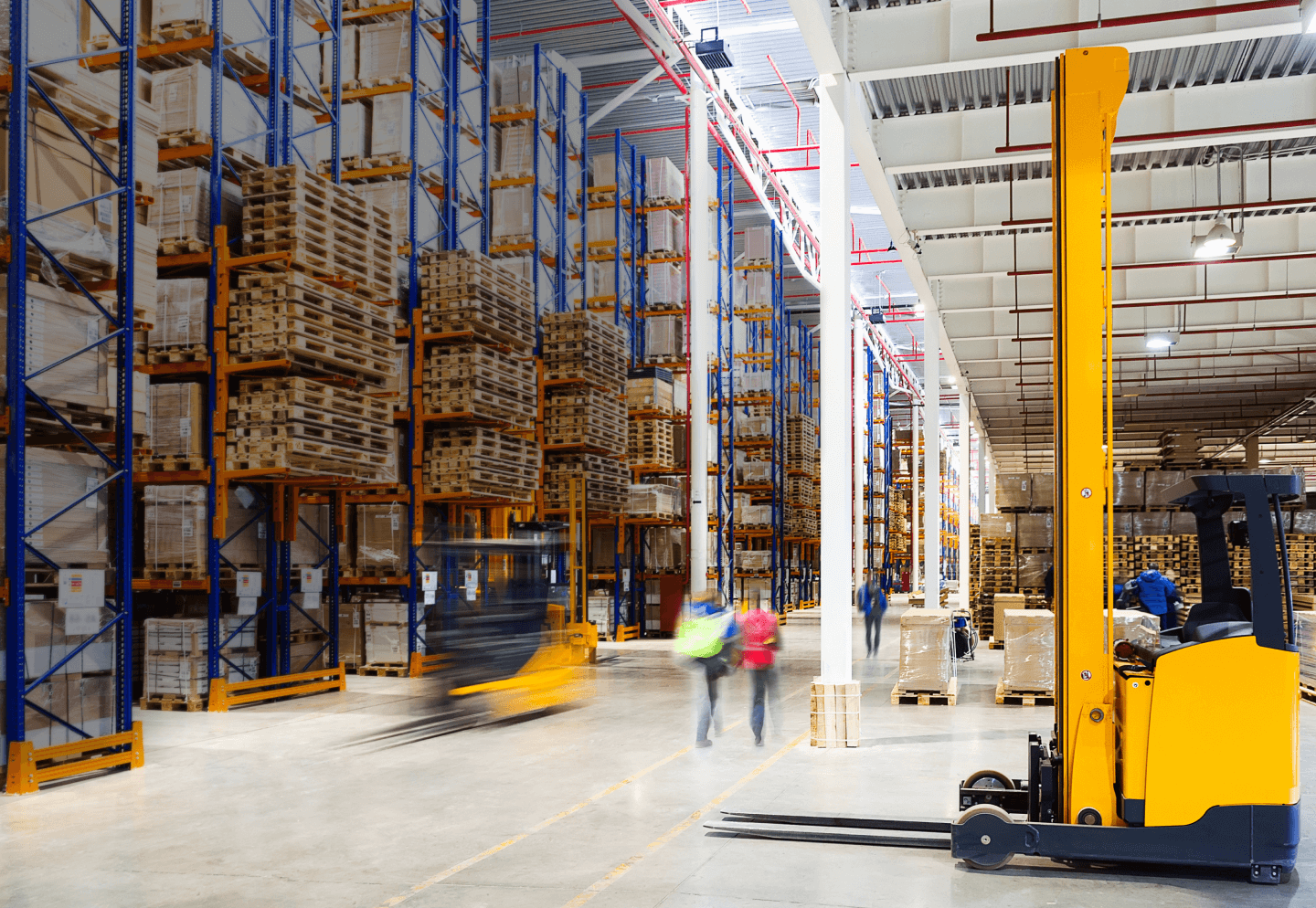
Independent Data Layer for warehouses
Mapped Independent Data Layer (IDL) for warehouse and cold storage operators provides portfolio scale warehouse facility data with centralized command and control, derive actionable insights, and the ability to proactively address operational challenges.
This leads to improved inventory management, precise environmental control, and enhanced operational and energy efficiency across their entire portfolio of warehouse facilities
Optimizing inventory and space
Efficient inventory management, maximized space utilization, accurate demand forecasting

Implementing technology and automation
Integrated Warehouse Management Systems (WMS), automation for streamlined processes, and data analytics for informed decisions.

Enhancing workforce efficiency and safety
Implementing safety protocols and inspections and ergonomic design for employee well-being
Inventory Management and Optimization
In warehouse operations, managing inventory efficiently is paramount. Mapped IDL can integrate data from various sensors, utility meters, and RFID systems, providing real-time insights into inventory levels, stock movement, and energy consumption in cold storage facilities. By analyzing this data across multiple warehouses, operators can optimize stock levels, reduce wastage, prevent stockouts, and improve demand forecasting. This streamlined approach ensures products are stored at the right temperature and rotated effectively, minimizing losses and ensuring product quality

Temperature and Environment Monitoring
Maintaining specific temperature and humidity levels is critical in cold storage facilities. Mapped IDL can gather data from temperature sensors, HVAC systems, and environmental monitoring devices. By centralizing this data, warehouse operators can ensure that storage conditions are consistently met across multiple facilities. Real-time alerts can be set up to notify staff if conditions deviate from the required parameters, preventing spoilage and ensuring compliance with regulatory standards

Operational Efficiency and Resource Optimization
Mapped IDL can collect data on equipment usage, staff movements from camera analytics, and vehicle routing within warehouses. By analyzing this data across warehouses, operations managers can optimize workflows. This includes efficient allocation of staff, equipment, and vehicles, reducing bottlenecks, minimizing idle time, and improving overall productivity. Data-driven insights enable informed decisions, leading to streamlined operations and cost savings across large-scale warehouse portfolios.

